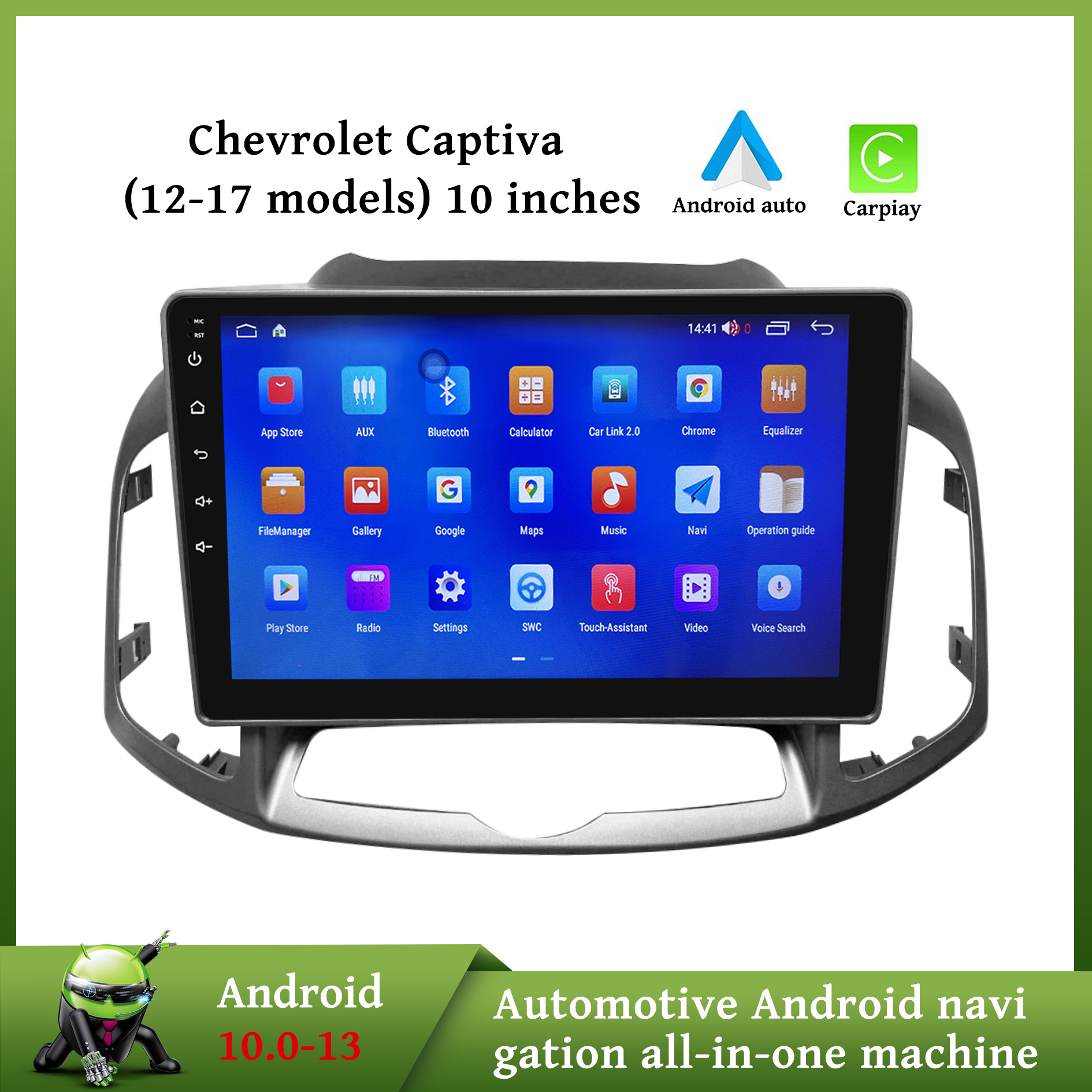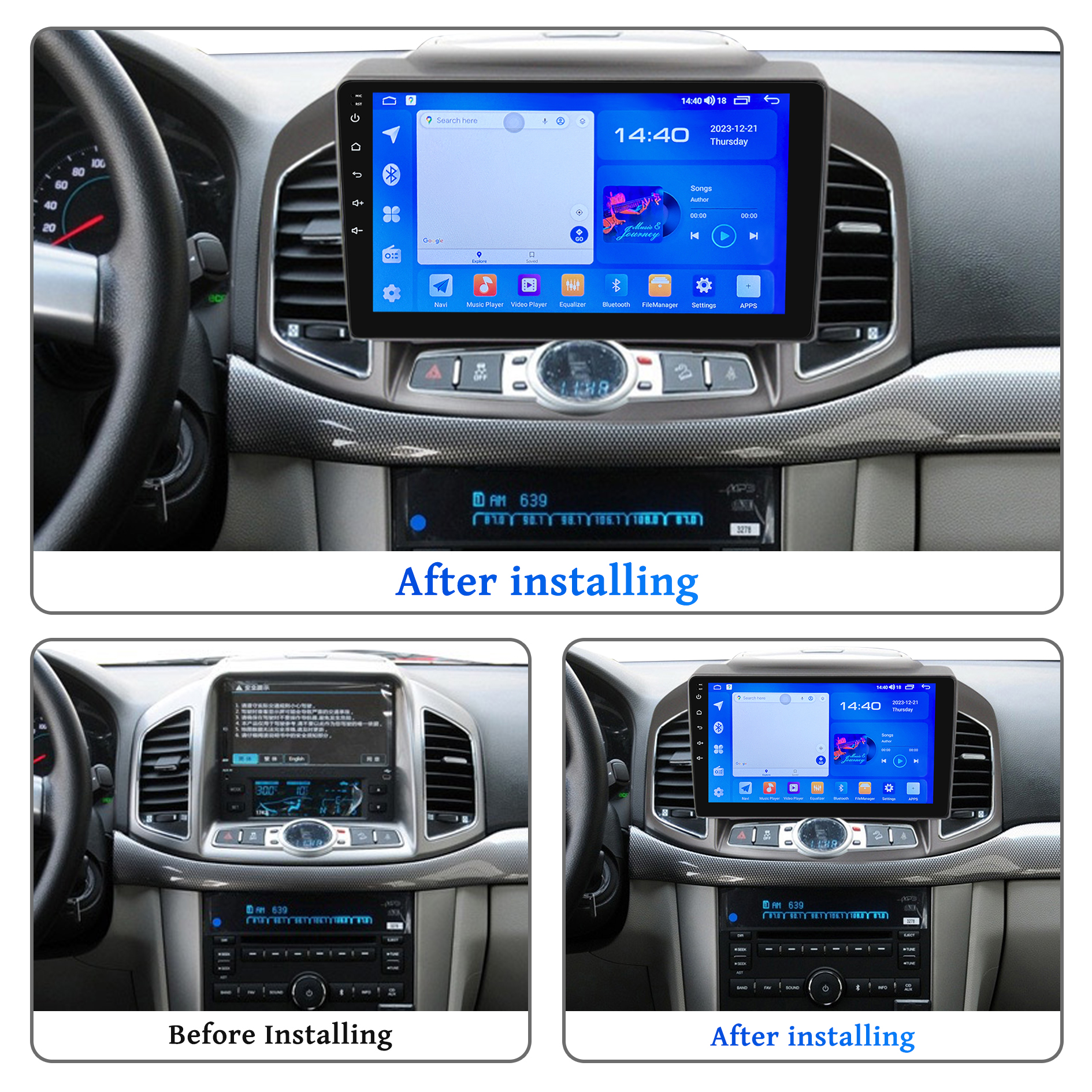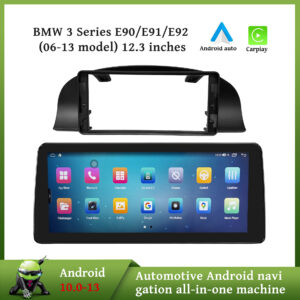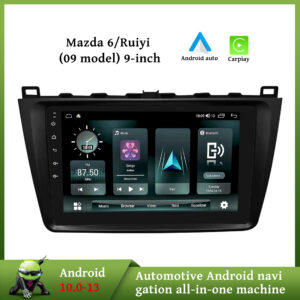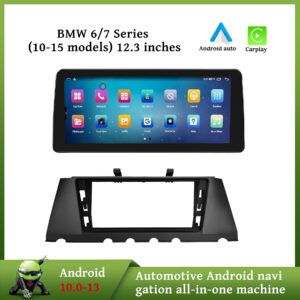Overview of the Chevrolet Captiva (2012-2017)
The Chevrolet Captiva, produced between 2012 and 2017, represents a significant chapter in the compact SUV market, catering to individuals and families seeking a blend of style, versatility, and performance. Throughout these model years, the Captiva underwent various design and feature enhancements that appealed to a wide consumer base.
From an exterior perspective, the Captiva presented a modern look characterized by bold lines and an athletic stance. The models from 2012 to 2017 showcased a progression in design, with notable changes in the front-end styling that incorporated sharper headlights and a more pronounced grille. These aesthetic adjustments contributed to a more upscale image, aligning the vehicle with contemporaneous market trends.
The Chevrolet Captiva was offered in several trims during its production lifespan, including the base LS, mid-range LT, and the more luxurious LTZ. Each trim level provided distinct features and options, allowing customers to configure the SUV according to their preferences. Standard features across the range typically included air conditioning, cruise control, and power-operated windows and locks, while higher trims added luxurious elements such as leather upholstery, advanced infotainment systems, and premium audio systems.
In terms of performance, the Captiva offered a choice of powerful yet efficient engines, including four-cylinder and V6 options, delivering a commendable balance of power and fuel economy. This compact SUV also featured a spacious interior, ensuring comfort for both front and rear passengers, along with adequate cargo space for everyday needs or longer road trips.
The Captiva’s target audience primarily included young families and individuals seeking a practical vehicle that did not compromise on style or comfort. Its position within the compact SUV market was further reinforced by its competitive pricing, advanced safety features, and technological offerings, ensuring a well-rounded choice in an increasingly crowded segment.
Performance, Safety, and User Experience
The Chevrolet Captiva (2012-2017) offers a range of performance capabilities that are suitable for both urban driving and off-road adventures. Among the notable features is a robust selection of engine options, which includes a fuel-efficient 2.4-liter four-cylinder engine, as well as a more powerful 3.0-liter V6 variant. The four-cylinder engine typically achieves an EPA-estimated 20-28 mpg (city/highway), while the V6 provides an exhilarating driving experience, albeit with slightly lower fuel efficiency. The handling of the Captiva is described as smooth and stable, a characteristic that supports both everyday commutes and longer road trips.
When it comes to safety, the Chevrolet Captiva is equipped with several innovative features aimed at enhancing passenger protection. During its production years, the Captiva earned commendable safety ratings from industry watchdogs, driven by a reliable suite of standard safety features, including multiple airbags, Electronic Stability Control (ESC), and Anti-lock Braking System (ABS). Notably, advancements in safety technology during this period have greatly increased the vehicle’s overall safety profile, allowing it to stand toe-to-toe with key competitors in the compact SUV segment.
The user experience within the Captiva is characterized by a well-thought-out interior offering substantial comfort and cargo space. The cabin is spacious, accommodating both passengers and storage. Noteworthy is the infotainment system, which integrates seamlessly with smartphones, allowing drivers to access navigation, music, and hands-free calls easily. Customer feedback highlights the balance between comfort and utility, with many appreciating the Captiva’s reliability and manageable maintenance costs. Reliable and user-friendly, this vehicle stands out as a practical choice in the competitive compact SUV market.

